Weight Training For Beginners
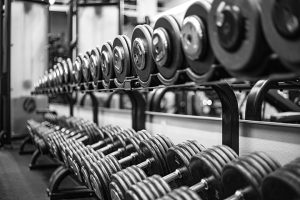 If you’ve been exercising and want to include weight training in your regimen, it can be intimidating, especially for beginners. How heavy should the weights be? What’s the best way to start? Is there a difference in how you train to build muscles and how you train to build strength? How many repetitions of each exercise should you do? These answers depend on what your ultimate goal is. There is a difference between training for bulk and training for strength.
If you’ve been exercising and want to include weight training in your regimen, it can be intimidating, especially for beginners. How heavy should the weights be? What’s the best way to start? Is there a difference in how you train to build muscles and how you train to build strength? How many repetitions of each exercise should you do? These answers depend on what your ultimate goal is. There is a difference between training for bulk and training for strength.
Learn to use each piece of equipment correctly.
There are dumbbells, barbells, kettlebells, and weight machines. Focus on learning to use one at a time. The easiest may be dumbbells since they don’t require a second person to spot. Dumbbells have more versatility, while barbells let you lift heavier loads. If you’re first starting, you won’t be focusing on the heaviest loads. You can use dumbbells to work both large and small muscle groups and do simple, single-joint exercises. You can use videos to learn the form, but you should have a full-length mirror or someone else watch you execute each move. No matter what type of weights you use, learning the proper form is imperative. A personal trainer is the ideal partner to help you learn.
Don’t overdo it or overwork your muscles.
If you start out trying to lift too heavy, it affects your form negatively. That can cause injury. If you overwork your muscles during the first session, you may be too sore or strain your muscles, putting you on the bench for weeks. Don’t train with weights every day or push to the maximum. When you workout to build muscles, the workout causes microtears in the muscles and the scar tissue makes them bigger after they heal. It takes 48 to 72 hours to heal. Without the rest, you’re tearing down the muscle. One solution is working different muscle groups, resting those you’ve previously worked.
Train to reach your goal.
While both bulk and strength use weight training, they train differently. To build bulk, you use lighter weights and work toward failure. To build strength, you increase the weight until you reach failure and do fewer repetitions. Form is the key to both goals. Even if you’re working toward strength, start lighter and focus on form. If you’re using barbells, that may mean starting by lifting the bar without weights added.
- A great body starts in the kitchen. You need between 20 and 30% of your calories from protein. Don’t reduce your calorie count too much if you’re also trying to shed pounds.
- Eating pre-workout or post-workout snacks can help build muscles and improve your workout. Eating before a workout makes it better and starts the recovery process. Eating afterward boosts recovery and builds muscle tissue.
- Don’t forget to do warm-up and cool-down exercises. Warm-up exercises help prevent injury. Cool-down exercises increase circulation and improve recovery while reducing potential muscle pain.
- Consistency is the key to any exercise program, whether it’s strength, endurance, flexibility, or balance. Stick with a consistent schedule and exercise at the same time each day so it becomes a habit.
For more information, contact us today at LIV Fitness

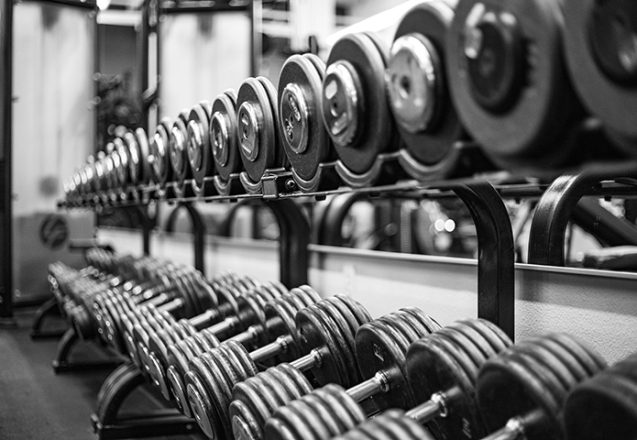

 Many people grew up hearing that you shouldn’t snack. The words, “It will spoil your dinner,” usually followed. Does that mean that snacking isn’t healthy? As with most questions about nutrition, it requires more facts. What type of snack are you eating? A snack should be calculated into your calorie count if you’re trying to lose weight. Planned healthy snacks can be a benefit for weight loss and good health.
Many people grew up hearing that you shouldn’t snack. The words, “It will spoil your dinner,” usually followed. Does that mean that snacking isn’t healthy? As with most questions about nutrition, it requires more facts. What type of snack are you eating? A snack should be calculated into your calorie count if you’re trying to lose weight. Planned healthy snacks can be a benefit for weight loss and good health.
 At LIV Fitness in Livermore, CA, we encourage people to reap the benefits of living a healthy lifestyle. A healthy diet is one facet, just as consistent exercise is. Even though whole foods form the basis of healthy eating, there are concerns about pesticides and other chemicals entering our bodies via fresh produce. There are also concerns about the animal products consumed. After all, you eat what they eat. Is eating organic the answer? It could be but with some exceptions.
At LIV Fitness in Livermore, CA, we encourage people to reap the benefits of living a healthy lifestyle. A healthy diet is one facet, just as consistent exercise is. Even though whole foods form the basis of healthy eating, there are concerns about pesticides and other chemicals entering our bodies via fresh produce. There are also concerns about the animal products consumed. After all, you eat what they eat. Is eating organic the answer? It could be but with some exceptions.
 If you’re working out in Livermore, CA, and not seeing your desired results, maybe you need to change your routine or the intensity. You might not be working hard enough. If you’re only going through the motions and giving half your effort, you’ll get results that reflect that. While consistently doing any form of exercise helps keep you in shape, it may not help you reach a specific goal as quickly as you desire or reach it at all.
If you’re working out in Livermore, CA, and not seeing your desired results, maybe you need to change your routine or the intensity. You might not be working hard enough. If you’re only going through the motions and giving half your effort, you’ll get results that reflect that. While consistently doing any form of exercise helps keep you in shape, it may not help you reach a specific goal as quickly as you desire or reach it at all.
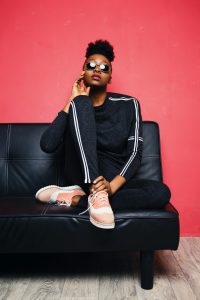 Exercising every day is important. It may not be enough if you’re sitting all day. Long hours of inactivity and sitting may be killing you. Studies show that sitting longer than an hour diminishes the effect of a daily workout. Some studies suggest that getting up every 30 minutes and moving is best, while others suggest moving five minutes every hour. Sitting too long increases the risk of obesity, cancer, diabetes, heart disease, and joint issues. It also affects your mood and can trigger depression.
Exercising every day is important. It may not be enough if you’re sitting all day. Long hours of inactivity and sitting may be killing you. Studies show that sitting longer than an hour diminishes the effect of a daily workout. Some studies suggest that getting up every 30 minutes and moving is best, while others suggest moving five minutes every hour. Sitting too long increases the risk of obesity, cancer, diabetes, heart disease, and joint issues. It also affects your mood and can trigger depression.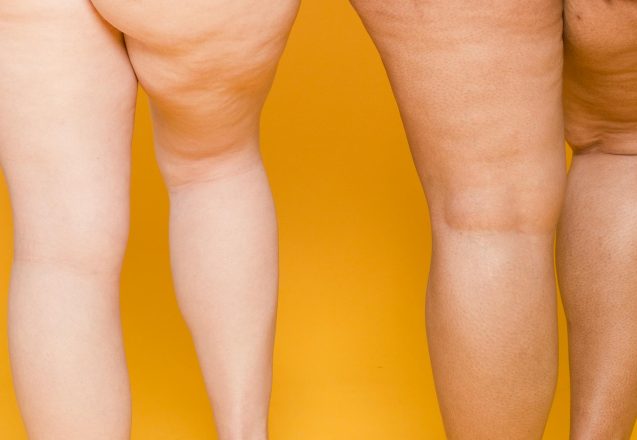
 If you found this blog using a search engine, you probably saw dozens of articles with titles that make you believe you can permanently eliminate cellulite with special exercises. It’s simply not true. That doesn’t mean it’s hopeless to workout. Exercise may not eliminate cellulite, but it will make it less noticeable. Some people think that exercises can remove fatty tissues in specific areas, but like all weight loss, it comes off evenly throughout the body. The exercises tone the underlying muscles and give a sleeker appearance,
If you found this blog using a search engine, you probably saw dozens of articles with titles that make you believe you can permanently eliminate cellulite with special exercises. It’s simply not true. That doesn’t mean it’s hopeless to workout. Exercise may not eliminate cellulite, but it will make it less noticeable. Some people think that exercises can remove fatty tissues in specific areas, but like all weight loss, it comes off evenly throughout the body. The exercises tone the underlying muscles and give a sleeker appearance,
 It’s not always easy to know the right foods to eat. If you walk through a grocery store, you’ll often see food wrappers with words like “gluten-free” in big letters on the package. Are they really healthy? Just read the label. If it sounds like the ingredients for an experiment in a high-level lab, it’s probably not a healthy option. For instance, a tub of margarine may tout that it’s 100% vegan, but that doesn’t mean it’s healthy or healthier than butter. Butter made from the milk of grass-fed pastured cows is extremely healthy. You have to look at the ingredients. The artificial alternative may have a list of ingredients you’d expect to find in a lab.
It’s not always easy to know the right foods to eat. If you walk through a grocery store, you’ll often see food wrappers with words like “gluten-free” in big letters on the package. Are they really healthy? Just read the label. If it sounds like the ingredients for an experiment in a high-level lab, it’s probably not a healthy option. For instance, a tub of margarine may tout that it’s 100% vegan, but that doesn’t mean it’s healthy or healthier than butter. Butter made from the milk of grass-fed pastured cows is extremely healthy. You have to look at the ingredients. The artificial alternative may have a list of ingredients you’d expect to find in a lab.
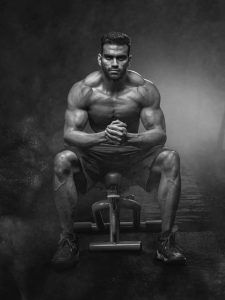 If you’re working out, you’re probably hoping to lose fat and gain muscle mass in addition to your ultimate goal. You have to make lifestyle changes to do it. It takes both exercise and a healthy diet to increase your muscle mass. You also need adequate sleep and adequate hydration. Focusing on natural techniques is the best way to do it. It ensures you aren’t consuming harmful additives that can affect your body later.
If you’re working out, you’re probably hoping to lose fat and gain muscle mass in addition to your ultimate goal. You have to make lifestyle changes to do it. It takes both exercise and a healthy diet to increase your muscle mass. You also need adequate sleep and adequate hydration. Focusing on natural techniques is the best way to do it. It ensures you aren’t consuming harmful additives that can affect your body later.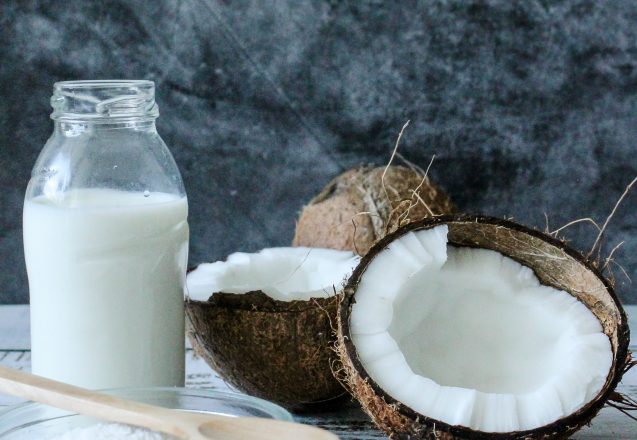
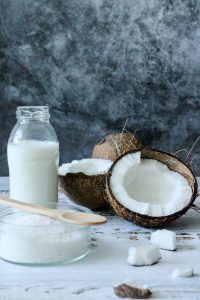 You can find coconut milk in almost any grocery in Livermore, CA. It’s as popular as coconut water. Both come from coconuts, except coconut water is the unprocessed liquid in the middle of immature coconuts, and coconut milk is a processed product. Are both good for you? Does the processing make a difference? Coconut water is the liquid in the center of immature coconut that eventually hardens into the meat of the coconut. Coconut milk is made from the shredded meat of a mature coconut. It’s boiled or blended and strained. The amount of water added and the time spent cooking determines the consistency.
You can find coconut milk in almost any grocery in Livermore, CA. It’s as popular as coconut water. Both come from coconuts, except coconut water is the unprocessed liquid in the middle of immature coconuts, and coconut milk is a processed product. Are both good for you? Does the processing make a difference? Coconut water is the liquid in the center of immature coconut that eventually hardens into the meat of the coconut. Coconut milk is made from the shredded meat of a mature coconut. It’s boiled or blended and strained. The amount of water added and the time spent cooking determines the consistency.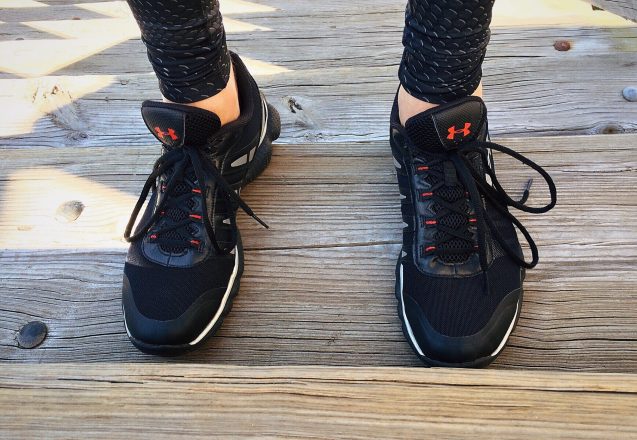
 If you’re starting to run or jog, you might think those old sneakers in your closet are adequate. You might be wrong. Having good workout shoes can make a difference when you exercise. They’re the grounding force that stabilizes your entire body. If you don’t have good shoes for your daily run in Livermore, CA, you could be doing damage to your feet. They protect you from foot injuries and help you maintain the proper alignment.
If you’re starting to run or jog, you might think those old sneakers in your closet are adequate. You might be wrong. Having good workout shoes can make a difference when you exercise. They’re the grounding force that stabilizes your entire body. If you don’t have good shoes for your daily run in Livermore, CA, you could be doing damage to your feet. They protect you from foot injuries and help you maintain the proper alignment.